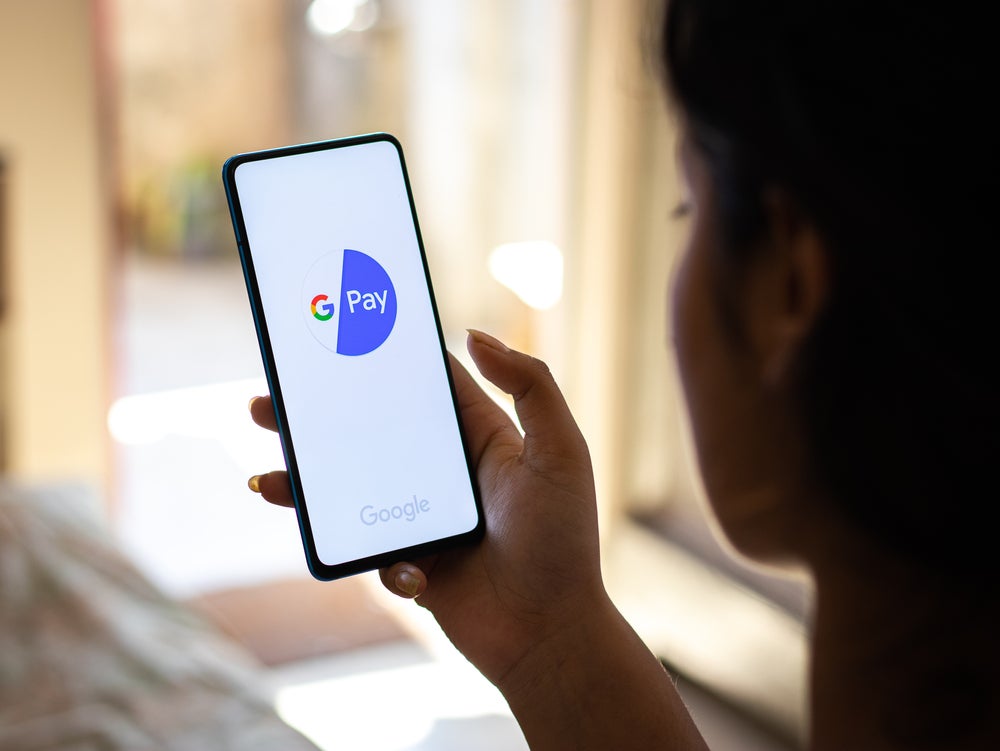India’s payments regulator is poised to make a pivotal decision on Monday that could reshape the nation’s $200 billion digital payments market, as Walmart Inc.‘s WMT PhonePe and Alphabet Inc.‘s GOOGL NASDAQ: GOOG) Google Pay faces potential restrictions on its market dominance.
What Happened: The National Payments Corporation of India will determine whether to enforce a long-delayed 30% market share cap on the Unified Payments Interface network, which processes over 13 billion transactions monthly. PhonePe currently commands 47.8% of all UPI payments, while Google Pay handles 37.1%.
The decision carries significant implications for PhonePe’s planned initial public offering. The Walmart-backed startup, valued at $12 billion, has indicated that regulatory uncertainty could derail its IPO plans. PhonePe CEO Sameer Nigam expressed concerns about market valuation impacts if the company’s market share were forcibly reduced from its current 48-49% level.
Sources familiar with the matter told TechCrunch that NPCI is considering either postponing the cap enforcement again or raising the limit above 40%. The regulator has already delayed implementation multiple times since 2020, citing implementation challenges.
Why It Matters: The regulatory scrutiny comes as India’s parliamentary panel recently raised alarms about the duopoly in the UPI market, with PhonePe and Google Pay collectively controlling 83% of transactions. The panel has urged the government to promote domestic fintech players, particularly as homegrown BHIM UPI’s market share remains below 1%.
Meanwhile, both companies are expanding their digital payment offerings. Google Pay recently partnered with NPCI to facilitate international payments, while major tech firms including Amazon.com Inc. AMZN are increasing investments in India’s payment sector.
The regulatory decision reflects India’s broader challenge in balancing innovation with market competition as it advances India’s Prime Minister Narendra Modi‘s vision for a digital economy. The UPI network, supported by more than 50 retail banks, has transformed how India’s billion-plus population conducts daily transactions, from grocery purchases to taxi fares.
Read Next:
Image Via Shutterstock
Disclaimer: This content was partially produced with the help of AI tools and was reviewed and published by Benzinga editors.
© 2024 Benzinga.com. Benzinga does not provide investment advice. All rights reserved.








